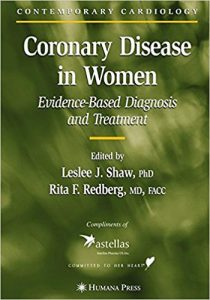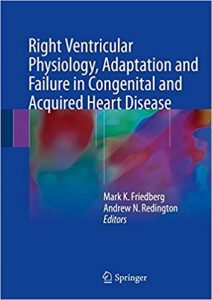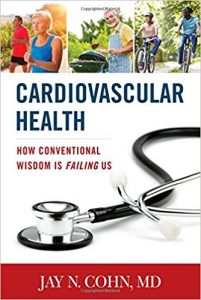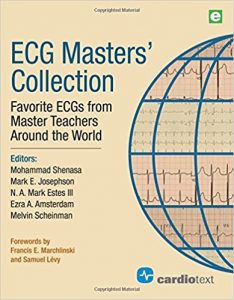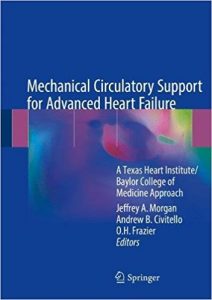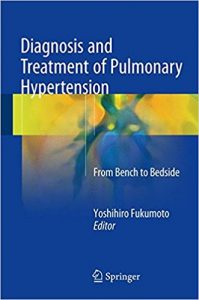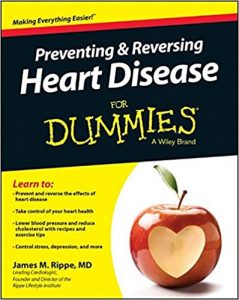Cardiac CT 2nd ed

[amazon template=iframe image2&asin=3642418821]
Cardiac computed tomography (CT) has become a highly accurate diagnostic modality that continues to attract increasing attention. This extensively illustrated book aims to assist the reader in integrating cardiac CT into daily clinical practice, while also reviewing its current technical status and applications. Clear guidance is provided on the performance and interpretation of imaging using the latest technology, which offers greater coverage, better spatial resolution, and faster imaging while also providing functional information about cardiac diseases. The specific features of scanners from all four main vendors, including those that have only recently become available, are presented. Among the wide range of applications and issues discussed are coronary calcium scoring, coronary artery bypass grafts, stents, and anomalies, cardiac valves and function, congenital and acquired heart disease, and radiation exposure. Upcoming clinical uses of cardiac CT, such as hybrid imaging, preparation and follow-up after valve replacement, electrophysiology applications, myocardial perfusion and fractional flow reserve assessment, and plaque imaging, are also explored.

